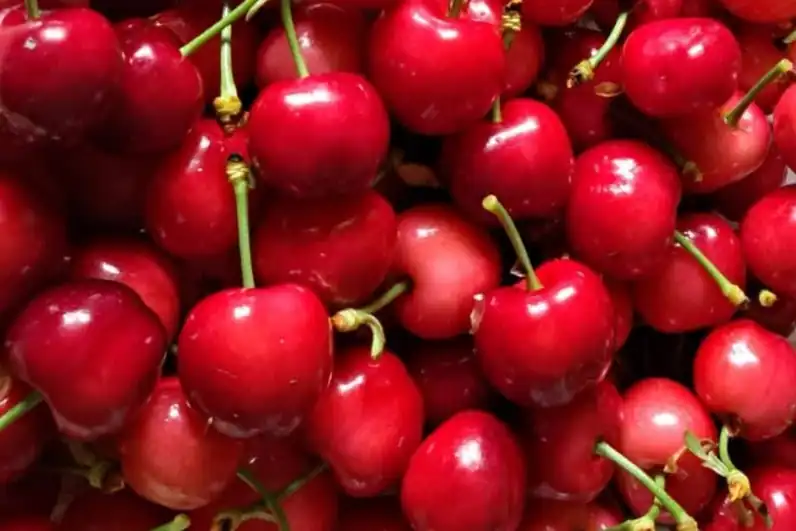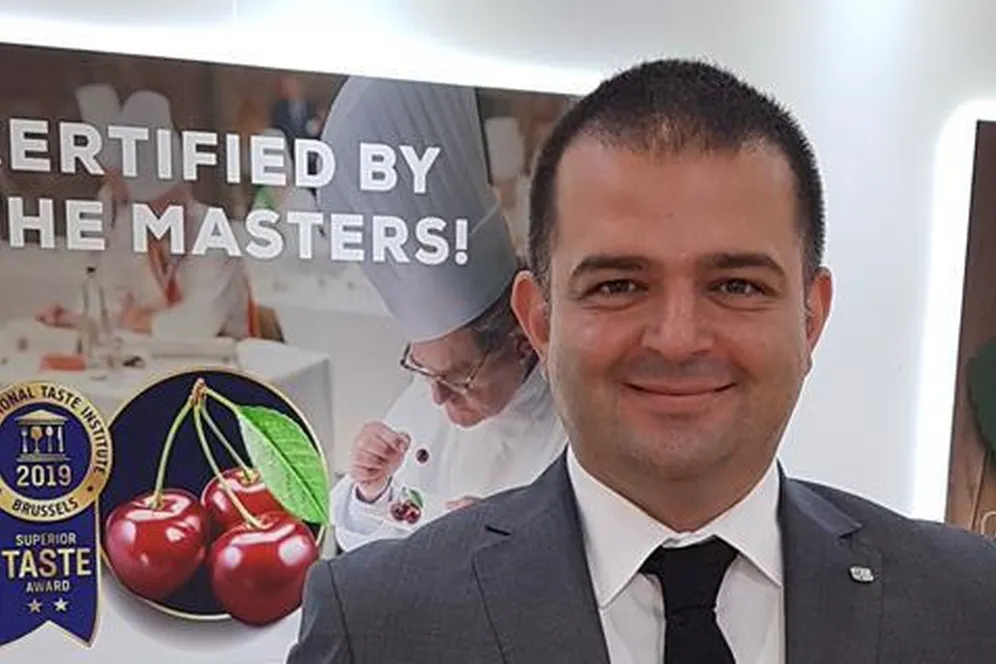The U.S. breeding company has stated that it intends to harness the power of gene editing technology to develop new varieties of fresh produce.
New varieties with enhanced characteristics are a crucial value factor in the fresh produce industry and can be a tool to tackle challenges such as climate change and food security. Pairwise is a U.S. company that uses gene editing technology, including CRISPR (Clustered Regularly Interspaced Short Palindromic Repeats), to improve the fruit development process.
CEO and co-founder Tom Adams says Pairwise has created its own set of gene editing tools, called the Fulcrum Platform, which he claims is the most comprehensive suite of tools in the industry. The company's initial work focused on row crops like corn, but it has also targeted fresh produce. “I can’t think of anyone who has done more editing, more crops, and more different genes,” he says.
“We are working on hundreds of different genes that we have modified in 60 different crops, some of which are commercialized, others are under experimentation, and others are proof of concept. The first challenge we saw we could address outside of row crops was about eating enough fruit and vegetables.”
Pairwise has sought to address some of the obstacles to increasing fresh produce consumption. “There are certain things that seem to change consumption, like the availability of a fruit all year round,” explains Adams.
Technology in Practice
The first products launched by Pairwise using its gene editing technology were new varieties of mustard greens. The company managed to reduce the wasabi-like flavor of raw leaves and create a new product for consumers who prefer a less pungent taste but still want the nutrients of fresh mustard greens.
According to Adams, the genetically modified leafy greens mix was launched as the first CRISPR food in foodservice and retail channels across North America, with positive feedback.
“The biggest direct feedback we got was before the official launch when we brought the salads to some trade shows in the United States and set up a booth to explain what gene editing was. When people were presented with the salad, they wanted to eat it. We responded to over 3,000 surveys, and the intent to purchase the product was 91%,” Adams explains.
The trial proved instructive for Pairwise’s direction, which focused on variety development.
Products in the Pipeline
Although Pairwise has a range of products in the pipeline, Adams says that cherries and blackberries are two products that currently stand out not only because of the progress made but also due to potential opportunities. “Cherries have two problems: they are not available year-round and are a bit cumbersome to eat because of the pits. So we started working on a pitless cherry,” Adams says.
“It’s a bit further out because we had to build new facilities for the trees, but ultimately, we want to produce pitless cherries available year-round.”
In an attempt to achieve year-round production, Pairwise is drawing inspiration from blueberries and working to change the environmental requirements for growing cherries. It took decades of breeding to develop blueberries, but Adams believes that gene editing can help accelerate the process.
Complementary Approaches
Adams does not see the use of gene editing as conflicting with traditional breeding. Instead, he argues that gene editing is a complementary tool that can build on the progress made by traditional methods and be used to help address some of the challenges facing the fresh produce industry.
“The challenge with plant breeding is all about scale. Most crops have 30,000 genes, and even if they differ by only 10,000, that’s 10,000 coin flips. With traditional breeding, you have to generate enough outcomes to create the combination of flips you want,” Adams explains. “With gene editing, you can have a variety that has 9,995 genes right, and you can change the other five.”
Read the full article: Asiafruit
Image: Asiafruit
Cherry Times - All rights reserved












